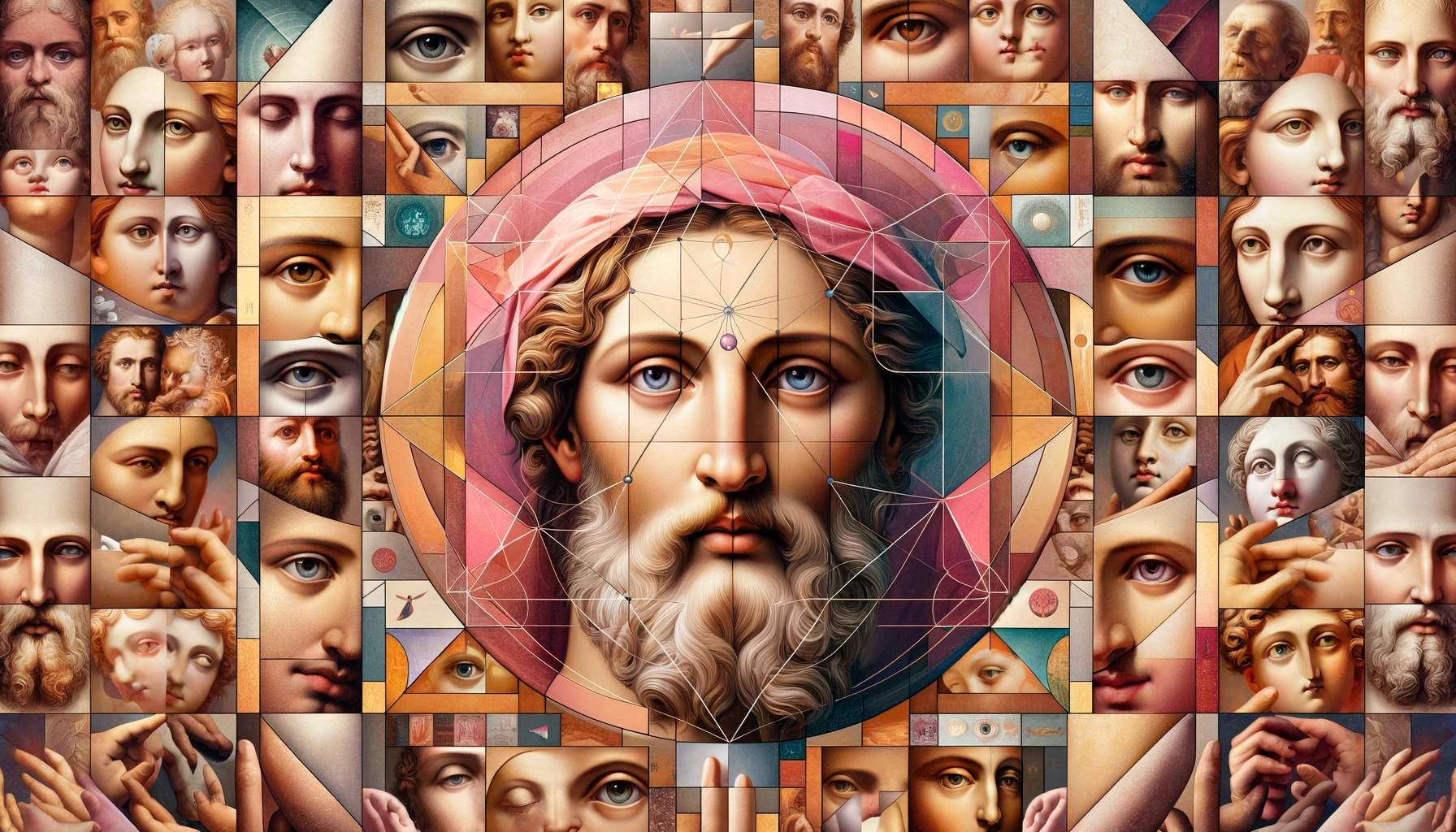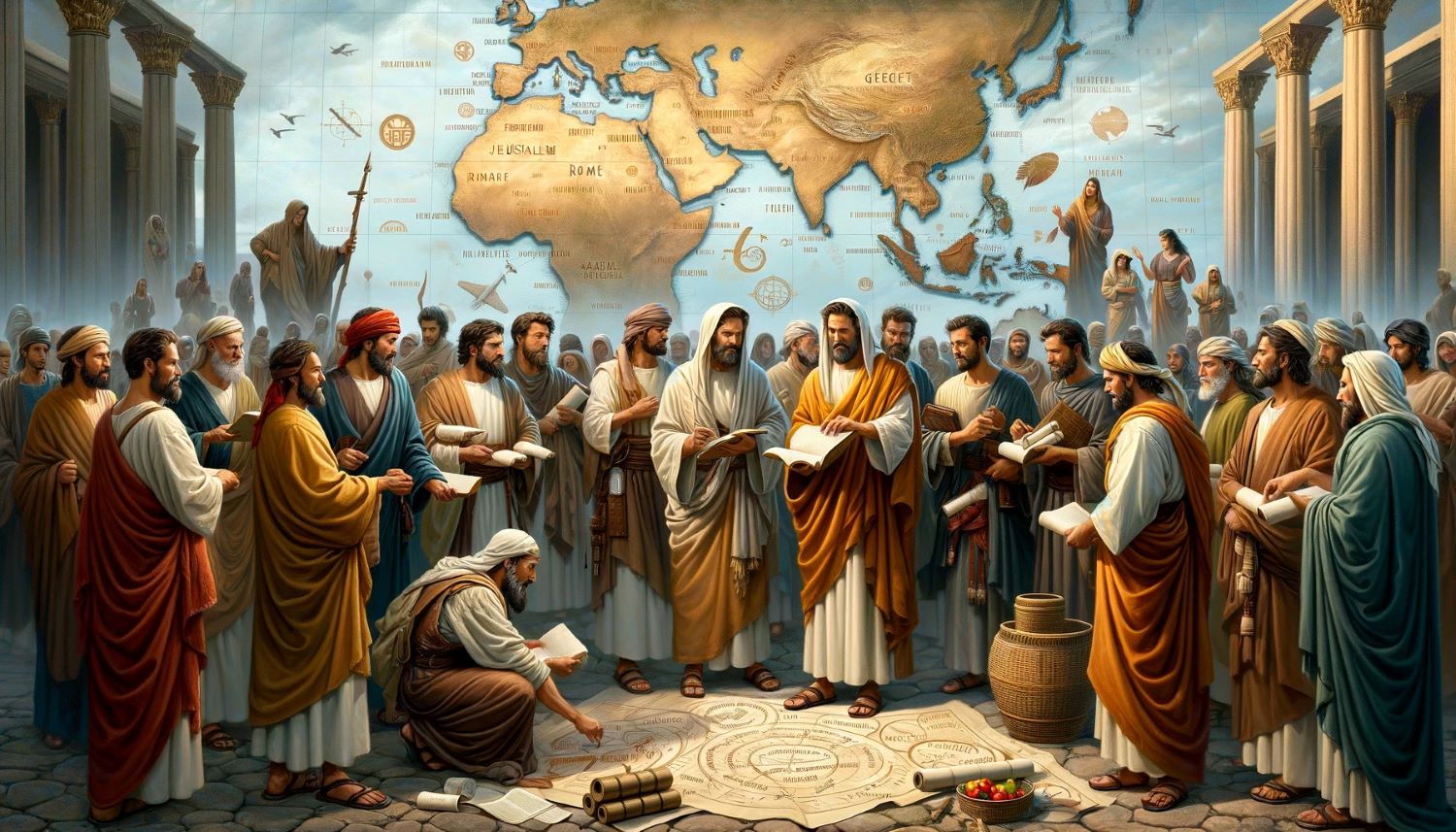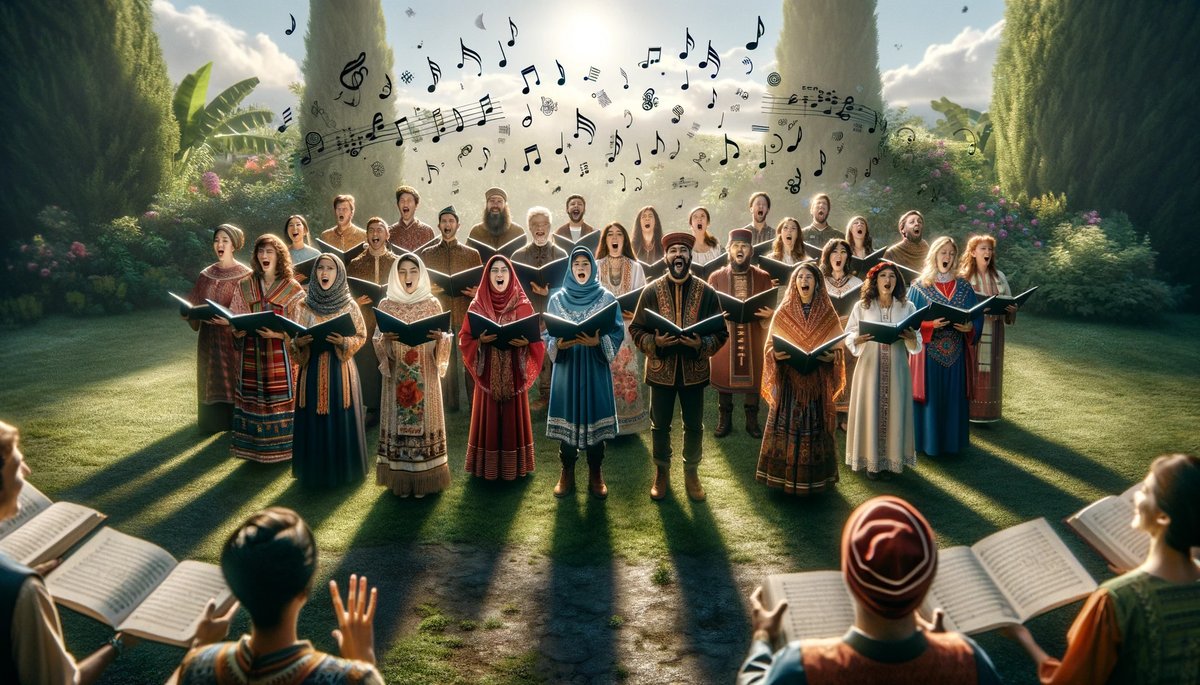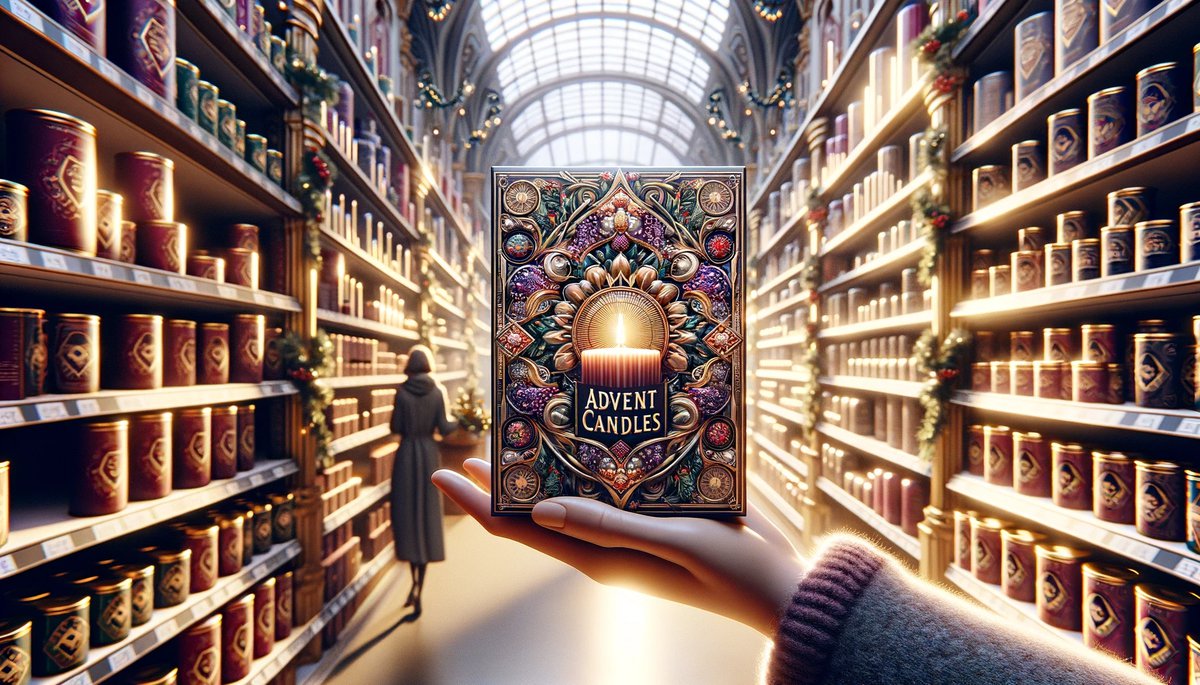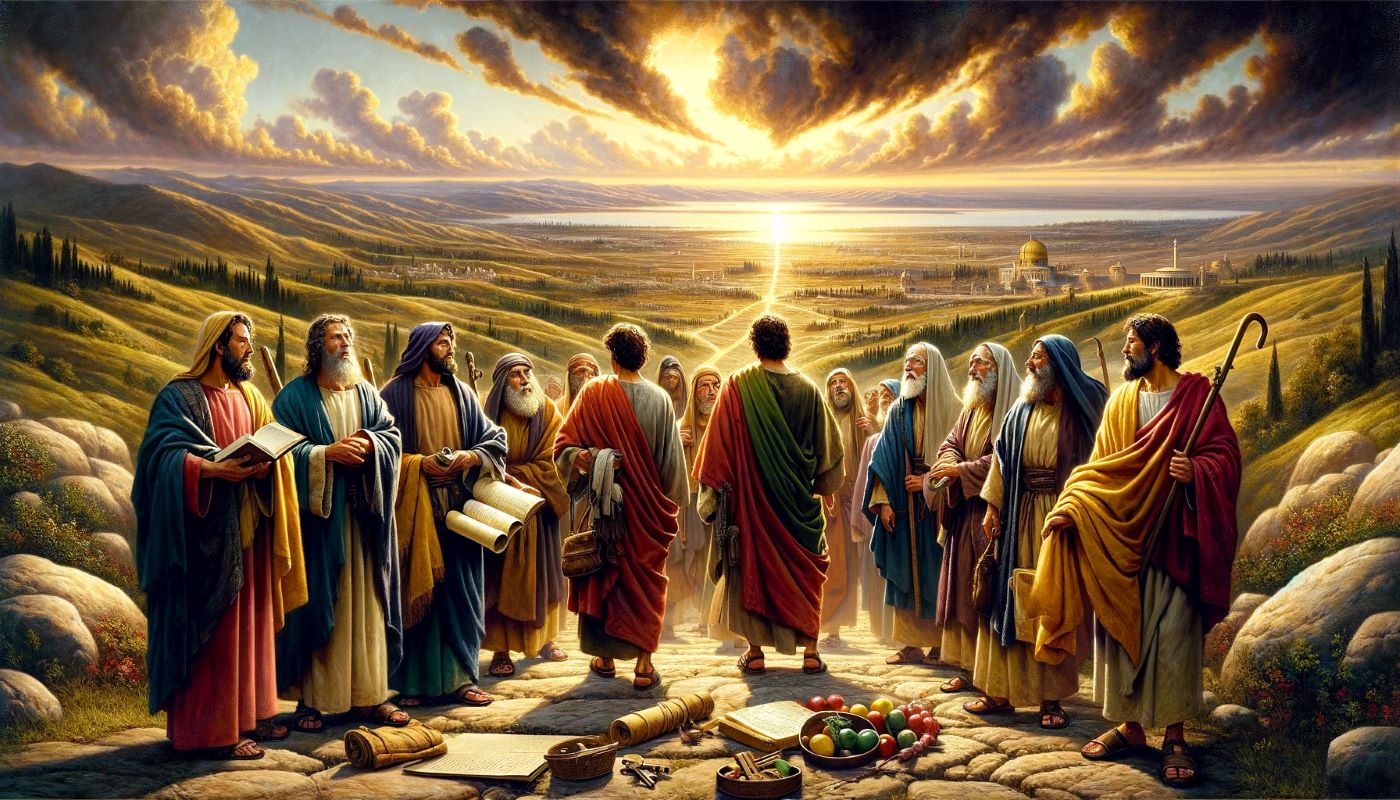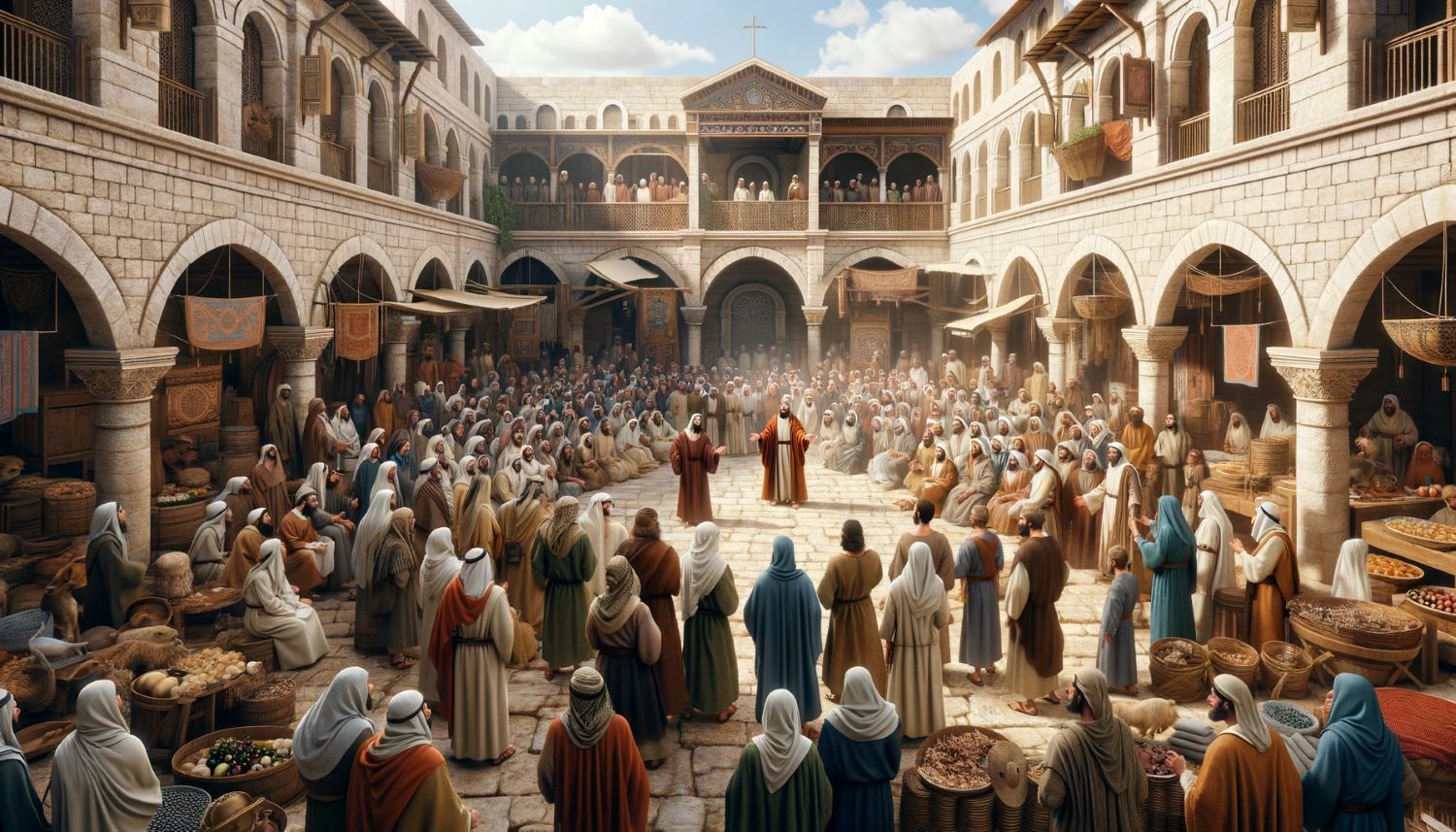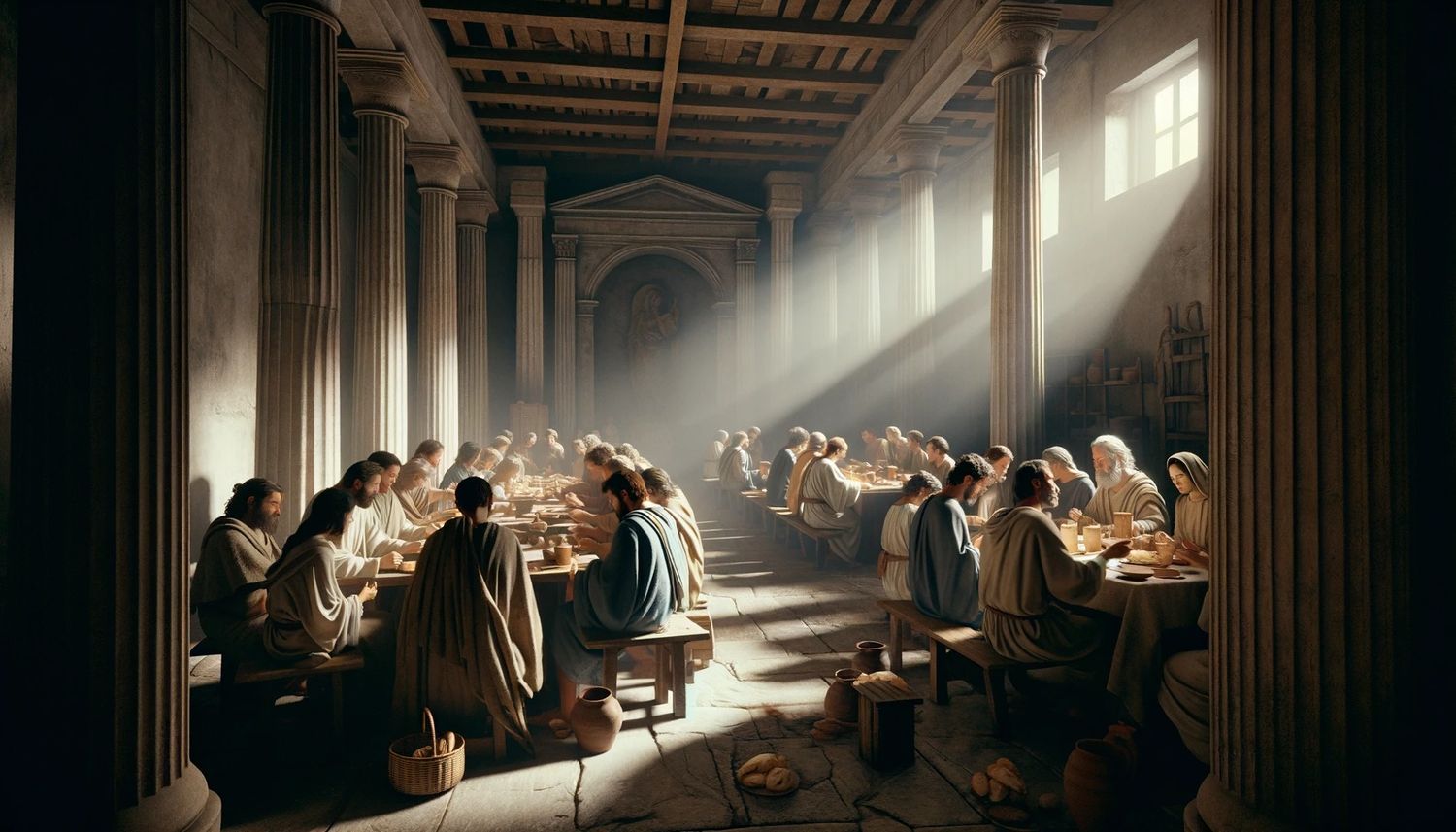Home>Special Themes>Where Did The Tradition Of Advent Come From
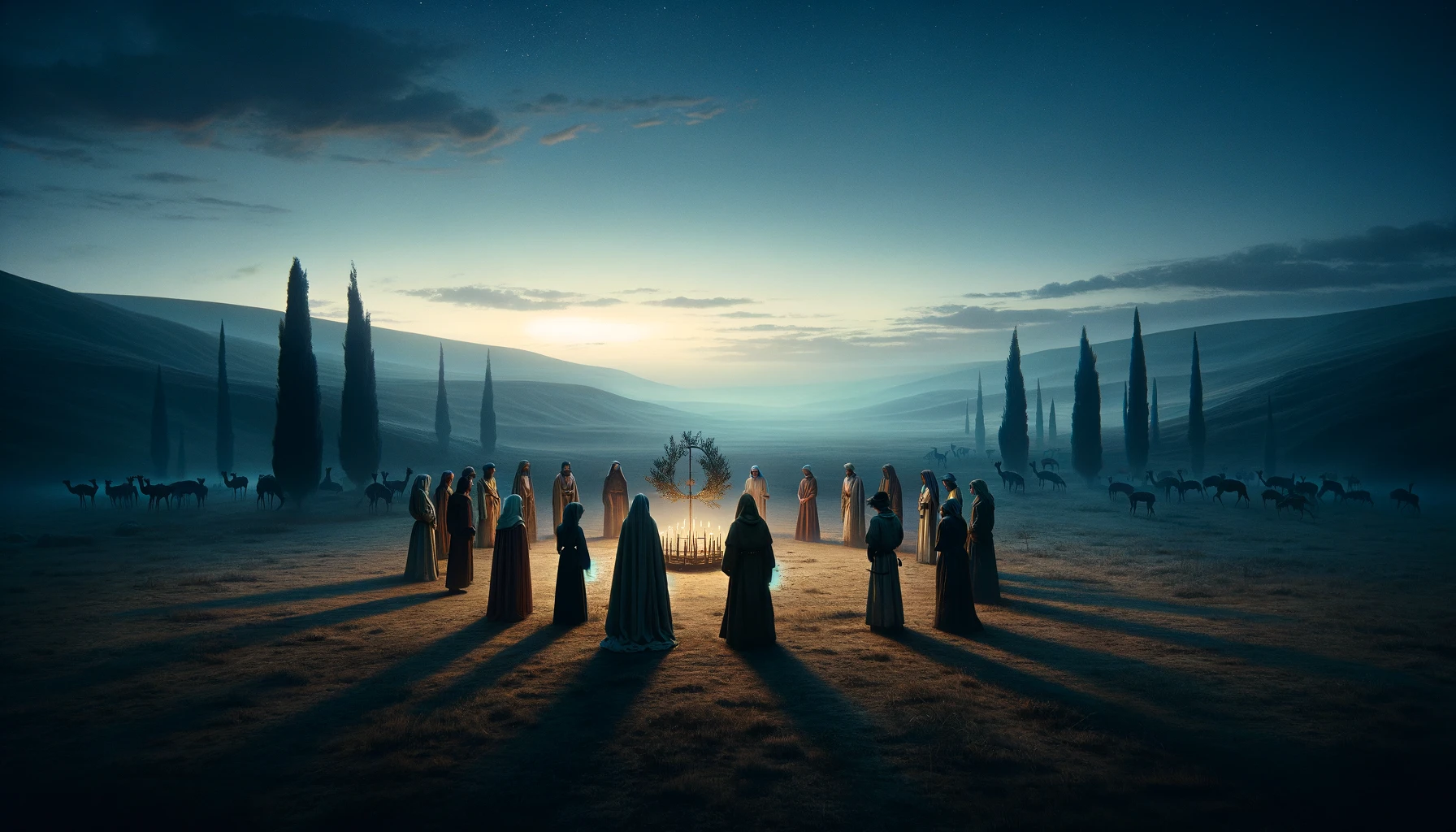

Special Themes
Where Did The Tradition Of Advent Come From
Published: February 12, 2024
Jason DeRose, Managing Editor at Christian.net, uses his expertise in religion and journalism to deepen understanding of faith's societal impacts. His editorial leadership, coupled with a strong academic background, enriches the platform’s diverse content, earning him recognition in both journalism and religious circles.
Discover the origins of the Advent tradition and its significance in the Christian faith with our special themes. Explore the history and meaning of Advent.
(Many of the links in this article redirect to a specific reviewed product. Your purchase of these products through affiliate links helps to generate commission for Christian.net, at no extra cost. Learn more)
Table of Contents
Introduction
The tradition of Advent is a cherished part of the holiday season for many people around the world. It marks the beginning of the Christian liturgical year and is a time of anticipation and preparation for the celebration of the birth of Jesus Christ. The word "Advent" is derived from the Latin word "adventus," which means "coming" or "arrival." This season typically begins on the fourth Sunday before Christmas Day, which falls between November 27th and December 3rd, and lasts until Christmas Eve.
Advent is a period of spiritual reflection and expectation, serving as a time for believers to prepare their hearts and minds for the joyous celebration of Christ's birth. It is a time of hope, love, joy, and peace, symbolized by the lighting of the Advent wreath candles, each representing different aspects of the spiritual journey towards Christmas.
As we delve into the origins and evolution of Advent traditions, it becomes evident that this observance holds deep historical and cultural significance. The rich tapestry of customs and practices associated with Advent has evolved over centuries, weaving together religious, cultural, and communal elements that continue to resonate with people of diverse backgrounds.
The essence of Advent extends beyond religious observance, embracing a universal message of hope and renewal. It serves as a poignant reminder of the enduring human longing for light in times of darkness, for unity in times of division, and for peace in times of turmoil. The spirit of Advent transcends religious boundaries, offering a source of comfort and inspiration to individuals and communities worldwide.
As we embark on this exploration of Advent, we will uncover the fascinating origins of this tradition, trace its evolution through history, and gain insight into its contemporary significance. Join us on this journey as we unravel the timeless allure of Advent and its enduring relevance in today's world.
Read more: What Are Some Advent Traditions
The Origins of Advent
The origins of Advent can be traced back to the early centuries of Christianity, rooted in the practices of the Western Church. While the specific inception of Advent as a liturgical season is not definitively documented, its emergence can be linked to the desire to prepare for the celebration of the birth of Jesus Christ. The early Christians sought to create a period of spiritual reflection and anticipation that would lead them to the joyous occasion of Christmas.
One of the earliest references to a preparatory period before Christmas dates back to the 5th century in Gaul (modern-day France). At that time, a period of fasting and penance was observed for three weeks before Christmas. This period gradually evolved into what we now recognize as Advent, encompassing four weeks of spiritual preparation.
The concept of Advent as a time of expectant waiting and preparation aligns with the biblical narrative of the anticipation of the Messiah. The Old Testament prophesies foretold the coming of a savior, and the early Christians embraced this sense of anticipation as they awaited the fulfillment of these prophecies in the birth of Jesus.
The structure of Advent as a four-week period is believed to have been established in the 6th century when the Roman Church formalized the liturgical calendar. This framework allowed for a more structured observance of the preparatory period leading up to Christmas, incorporating elements of prayer, fasting, and reflection.
The symbolism of light and darkness also played a significant role in shaping the origins of Advent. As the days grew shorter in the Northern Hemisphere during the winter months, the imagery of increasing light became intertwined with the spiritual significance of Christ's arrival as the "Light of the World." The lighting of candles during Advent, culminating in the illumination of the Christ candle on Christmas Eve, symbolizes the triumph of light over darkness and the hope brought by the birth of Jesus.
The early origins of Advent reflect a deep reverence for the spiritual significance of the Christmas season, emphasizing the themes of anticipation, hope, and spiritual preparation. These foundational elements continue to resonate in the contemporary observance of Advent, connecting individuals and communities to the timeless traditions that have endured for centuries.
The Evolution of Advent Traditions
The evolution of Advent traditions spans centuries, encompassing a tapestry of customs and practices that have been shaped by diverse cultural influences and historical developments. As Advent journeyed through time, it underwent a process of transformation, incorporating new elements while retaining its core themes of anticipation, preparation, and spiritual reflection.
One significant aspect of the evolution of Advent traditions is the incorporation of symbolic rituals and observances. The Advent wreath, with its distinctive arrangement of evergreen foliage and candles, emerged as a prominent symbol of the season. The wreath's circular shape represents eternity and the unending nature of God's love, while the candles symbolize the increasing light as Christmas approaches. This tradition, believed to have originated in 16th-century Germany, has become a cherished ritual in many Christian households and congregations, fostering a sense of unity and anticipation as each candle is lit in succession.
The observance of Advent calendars also reflects the evolution of traditions associated with this season. What began as simple chalk marks on doors in 19th-century Germany has evolved into a beloved custom featuring intricately designed calendars with numbered doors or compartments, each concealing a small gift or treat. Advent calendars serve as a delightful way to count down the days until Christmas, engaging children and adults alike in the joyful anticipation of the holiday.
Musical traditions have also played a significant role in the evolution of Advent. The composition of Advent hymns and carols, with their poignant lyrics and melodies, has enriched the spiritual and cultural landscape of the season. These musical expressions of hope and longing have become integral to the Advent experience, fostering a sense of communal celebration and reflection.
The evolution of Advent traditions has also witnessed the integration of diverse cultural practices and regional customs. While the core themes of Advent remain consistent, the specific rituals and observances associated with the season vary across different cultures and denominations. From the observance of St. Nicholas Day in some European countries to the vibrant traditions of Las Posadas in Latin American communities, Advent has embraced a rich tapestry of cultural diversity, enriching its significance and resonance.
As Advent continues to evolve, it remains a dynamic and vibrant season, weaving together the timeless traditions of the past with the creative expressions of the present. The enduring appeal of Advent traditions lies in their ability to unite individuals and communities in a shared journey of anticipation, reflection, and celebration, transcending cultural and geographical boundaries.
The evolution of Advent traditions reflects the enduring relevance and adaptability of this season, ensuring that its timeless message of hope and renewal continues to resonate with generations to come.
Advent Today
Advent continues to hold a significant place in the hearts and lives of individuals and communities around the world. In today's context, Advent represents a multifaceted tapestry of spiritual observance, cultural traditions, and communal celebrations, resonating with people from diverse backgrounds and beliefs.
One of the defining characteristics of Advent in contemporary times is its ability to foster a sense of communal unity and anticipation. The lighting of the Advent wreath candles in churches and homes serves as a poignant symbol of the collective journey towards Christmas, uniting individuals in a shared experience of hope and expectation. This ritual transcends denominational boundaries, offering a unifying thread that connects people across various Christian traditions.
In addition to its religious significance, Advent has also become intertwined with cultural and secular expressions of the holiday season. The observance of Advent calendars, with their daily unveiling of small treats or gifts, has evolved into a cherished tradition for families and individuals, fostering a sense of excitement and anticipation as Christmas approaches. The commercial market has also embraced the concept of Advent, offering a wide array of products and experiences that cater to the spirit of the season.
Furthermore, the spirit of giving and acts of kindness are often emphasized during Advent, reflecting a broader societal emphasis on generosity and compassion. Many communities engage in charitable initiatives and outreach programs during this season, embodying the values of love and goodwill that are synonymous with the Christmas spirit. Advent serves as a catalyst for meaningful social engagement and philanthropy, inspiring individuals to extend kindness and support to those in need.
The contemporary observance of Advent also encompasses a rich tapestry of musical and artistic expressions. From the performance of traditional Advent hymns and carols to the creation of vibrant visual displays and artistic representations, the season becomes a canvas for creative and cultural expressions. These artistic endeavors serve to enrich the sensory experience of Advent, evoking a profound sense of wonder and reverence.
In a fast-paced and often tumultuous world, the enduring relevance of Advent lies in its ability to offer a sanctuary of reflection, renewal, and hope. It provides a space for individuals to pause, contemplate, and reconnect with the deeper meanings of the holiday season, transcending the materialistic trappings of modern life.
As Advent continues to unfold in the contemporary landscape, its timeless message of anticipation, unity, and spiritual preparation resonates with a universal chord, offering solace, inspiration, and a sense of belonging to all who embrace its enduring traditions.
Conclusion
In conclusion, the tradition of Advent embodies a rich tapestry of historical, cultural, and spiritual significance that transcends time and resonates with individuals and communities worldwide. From its early origins rooted in the anticipation of Christ's birth to its evolution through centuries of diverse traditions and practices, Advent has remained a beacon of hope, unity, and renewal.
The origins of Advent, dating back to the early centuries of Christianity, reflect a deep reverence for the spiritual significance of the Christmas season. The themes of anticipation, hope, and spiritual preparation have endured through the ages, shaping the foundational elements of this cherished tradition.
As Advent evolved, it embraced new customs and rituals, incorporating symbolic expressions such as the Advent wreath and calendar, musical traditions, and diverse cultural practices. These elements have enriched the season, fostering a sense of communal celebration and reflection while honoring the timeless themes of anticipation and preparation.
In today's context, Advent continues to hold a multifaceted significance, serving as a unifying force that transcends religious and cultural boundaries. Its observance fosters communal unity, anticipation, and acts of kindness, embodying the values of love, generosity, and compassion that are synonymous with the Christmas spirit.
The enduring relevance of Advent lies in its ability to offer a sanctuary of reflection, renewal, and hope in a fast-paced and often tumultuous world. It provides a space for individuals to pause, contemplate, and reconnect with the deeper meanings of the holiday season, transcending the materialistic trappings of modern life.
As we reflect on the timeless allure of Advent and its enduring significance, we are reminded of its universal message of anticipation, unity, and spiritual preparation. Advent stands as a testament to the enduring human longing for light in times of darkness, for unity in times of division, and for peace in times of turmoil.
In essence, the tradition of Advent serves as a poignant reminder of the enduring human longing for hope and renewal, offering solace, inspiration, and a sense of belonging to all who embrace its enduring traditions.
